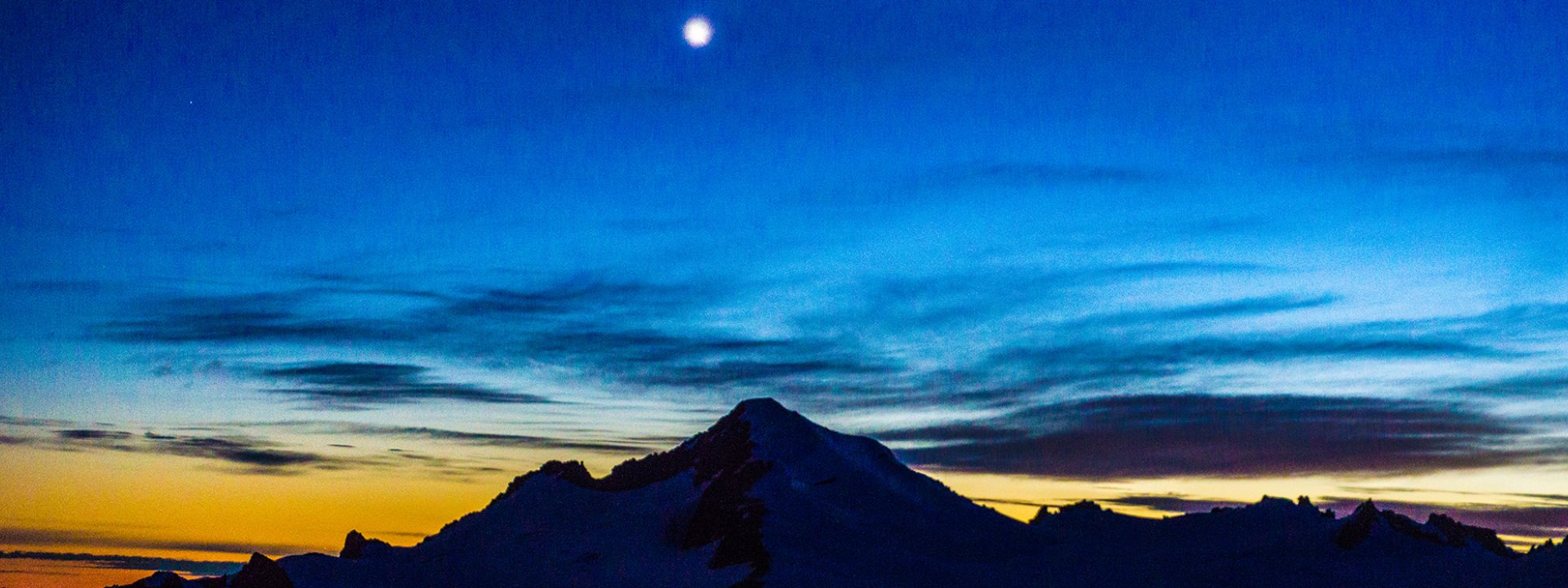It looks like there is a storm forecasted to hit the region today and tonight. This storm could lay down a fair bit of snow. Something we’ve all be waiting for. With that in mind we need to make sure we are keeping our desires for pow in check.
Right now we have a very complex snowpack out there (in the zones that actually have snow). We picked up a lot of early season snow this Fall and then things went dry and cold – not your typical maritime snowpack. This weather pattern has created a very weak lower and mid snowpack. The only reason we haven’t seen much avalanche activity with this weak snowpack is because we haven’t seen any real snow loaded on top of it.
The question is, how much new load will this snowpack take? Our guess is not much at the higher elevations. While we’ve been spending time digging and testing the snowpack we are currently working off a limited amount of data points and what we have seen makes us think there is a fair amount of spatial variability out there right now - much more than normal.
Often when we are trying to get a handle on these types of conditions we look towards our nearest neighbors for clues. For us, that usually means Canada. This morning I was reading their forecasters’ blog and it sounds like they have reached the tipping point in many areas. They have had a series of accidents recently with some very large avalanches.
While their snowpack isn’t exactly like ours the overall weather patterns that created their snowpack has been similar – early snow followed by dry and cold weather. The main difference is that they’ve been “fortunate” enough to have some fresh snow on top of this weak snowpack.
The main reason I wanted to put this blog out there is because it looks like we are going to be dealing with a very different snowpack this year, especially at the higher elevations (approximately 6,000’ and above in the North Cascades). We all know that, as humans, we are creatures of habit. Just make sure you adjust your habits to match the change in the snowpack.
Have fun out there and keep it safe.





